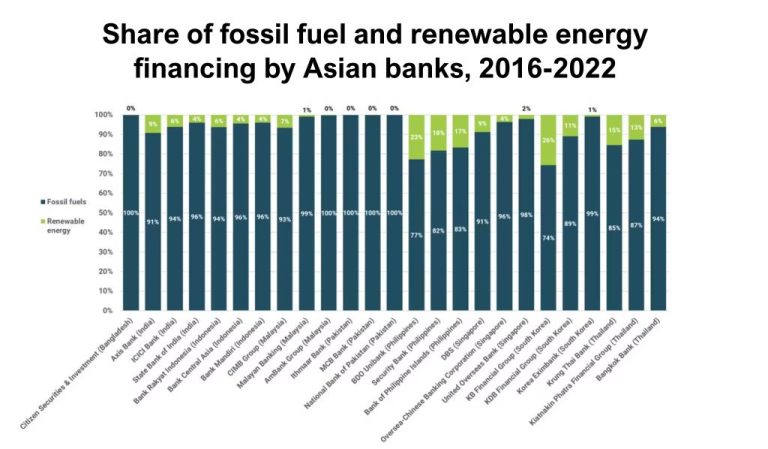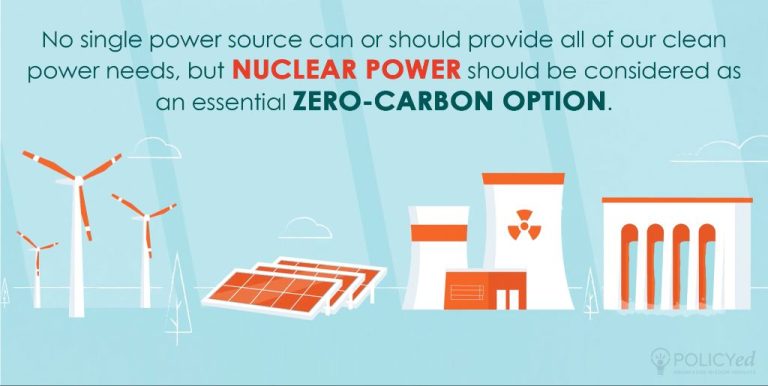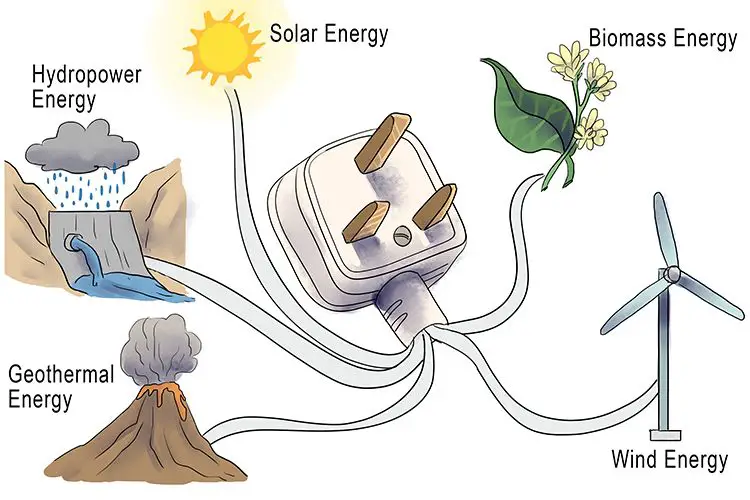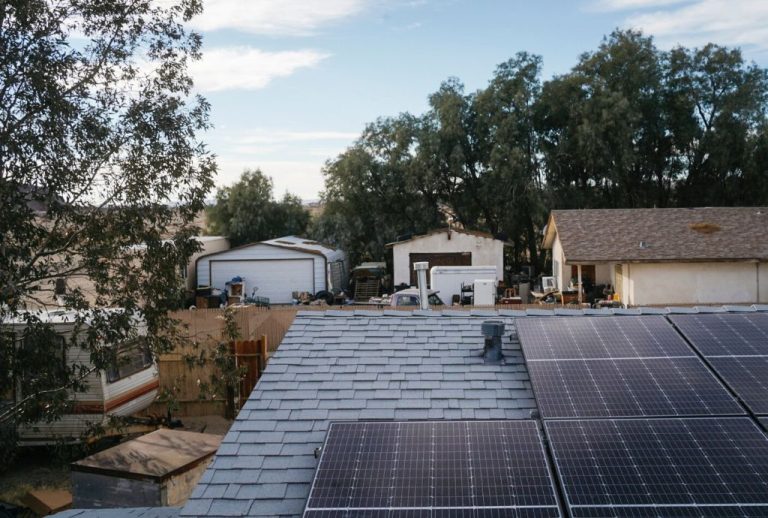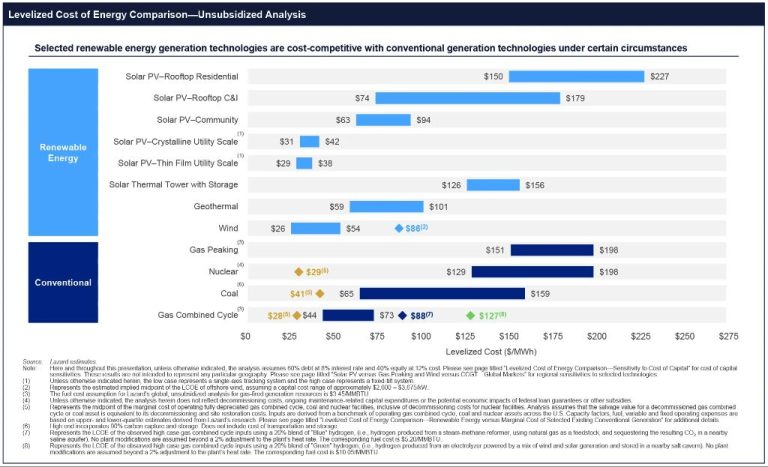What Will Happen If We Don’T Use More Renewable Energy?
Fossil Fuels Are Finite
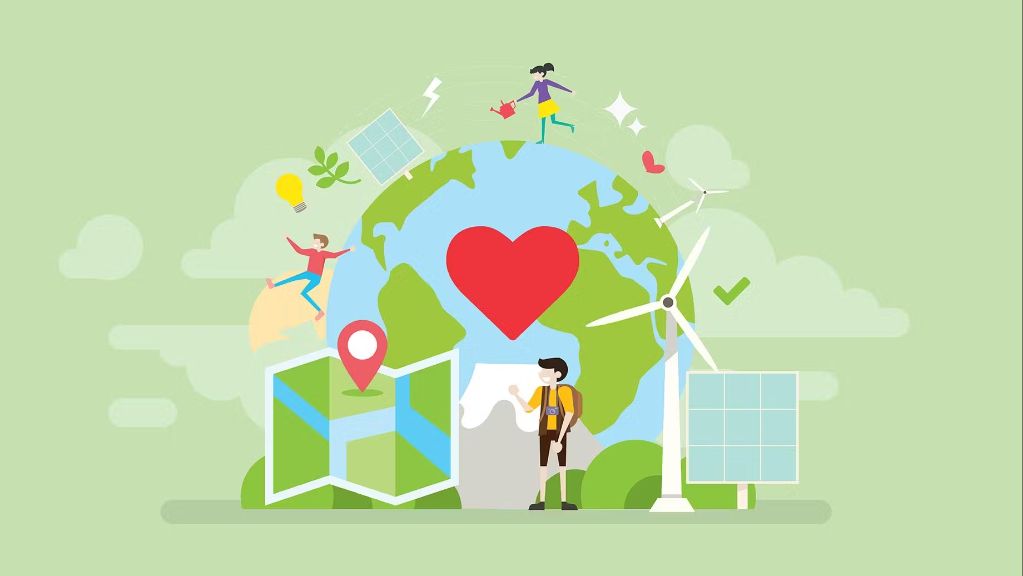
Oil, natural gas, and coal are non-renewable resources, meaning they draw on finite reserves within the Earth and will eventually dwindle once consumed. According to estimates from the US Energy Information Administration, at current production rates the US has about 251 billion tons of recoverable coal reserves, which could last around 150 years. However global coal reserves are projected to last around 130 years at current consumption rates, with 139 years worth of reserves remaining as of 2020.
Oil and natural gas reserves are on even shorter timelines, with approximately 50 years of oil and gas left globally based on current proved reserves and production rates. While new discoveries and technological advances may extend how long fossil fuel reserves last, they remain finite resources. Without switching to renewable alternatives, we will eventually deplete the Earth’s fossil fuel supplies.
Climate Change Impacts
Climate change is causing rising temperatures, more extreme weather, melting ice caps, and rising sea levels around the world. According to NASA, the average global temperature has already risen about 1 degree Celsius since 1880 and the effects are already being felt (https://climate.nasa.gov/effects/). Higher temperatures are leading to more intense and frequent heat waves, expanded ranges of disease-carrying insects, and longer and more severe droughts. The increasing heat is also causing ice caps and glaciers to melt at unprecedented rates. NOAA reports that between 2002 and 2020, Antarctica lost about 148 billion tons of ice per year, while Greenland lost an average of 279 billion tons (https://www.noaa.gov/education/resource-collections/climate/climate-change-impacts).
As ice melts and warmer waters expand, sea levels are rising at an accelerated pace, leading to more frequent and severe coastal flooding. The UN warns that sea level rise could displace hundreds of millions of people who live in low-lying coastal areas and islands if action is not taken (https://www.un.org/en/climatechange/science/causes-effects-climate-change). Climate change impacts pose grave threats to the environment, infrastructure, ecosystems, and human health and safety around the world.
Health Impacts
Burning fossil fuels like coal, oil, and natural gas releases pollutants that are harmful to human health. According to Harvard University, these pollutants include particulate matter, nitrogen oxides, sulfur dioxide, mercury, and dozens of other toxins. Exposure to fossil fuel pollution, even at low levels, has been conclusively linked to increased mortality, asthma attacks, heart attacks, strokes, lung cancer, and pre-term births.
Fossil fuel combustion accounts for a major portion of air pollution, which the WHO estimates leads to 7 million premature deaths every year. The tiny particles released can penetrate deep into the lungs and cardiovascular system, causing inflammation and oxidative stress. Long-term exposure is associated with respiratory diseases, impaired lung function, and chronic bronchitis. Children are especially vulnerable to lifelong impacts. Transitioning to clean, renewable energy sources like solar and wind can dramatically reduce this air pollution and its health consequences.
Energy Security
Reliance on imported fossil fuels makes countries vulnerable to supply disruptions and price volatility. The United States imports about 9.2 million barrels of petroleum per day from around the world, which amounted to about 60% of the petroleum processed here in 2020 according to the U.S. Energy Information Administration (EIA) (https://www.eia.gov/energyexplained/oil-and-petroleum-products/imports-and-exports.php). This heavy reliance on imported oil threatens energy security by exposing the economy to price shocks and supply disruptions.
In contrast, most renewable energy comes from domestic resources, making the U.S. less reliant on imports. The Department of Energy states that “The United States can achieve energy independence and security by using renewable power” (https://www.energy.gov/eere/energy-independence-and-security). Transitioning to renewable sources like solar, wind, geothermal, and hydropower enhances energy security by tapping into inexhaustible domestic resources. According to an International Energy Agency report, renewable power growth is being accelerated globally as countries seek greater energy security (https://www.iea.org/news/renewable-power-s-growth-is-being-turbocharged-as-countries-seek-to-strengthen-energy-security).
Job Creation
Investing in renewable energy creates millions of domestic jobs. According to the U.S. Department of Energy, over 3.3 million Americans currently work in clean energy jobs, with solar and wind jobs increasing by over 200,000 from 2020 to 2021[1]. Jobs in renewable energy have nearly doubled worldwide in the past decade, reaching 13.7 million in 2022[2]. Further investment in renewable energy can continue driving significant job growth.
Cost Savings
Renewable energy sources like solar and wind have seen dramatic decreases in costs over the past decade, making them cost-competitive or even cheaper than fossil fuels. According to IRENA, in 2010 the global weighted average levelized cost of electricity (LCOE) for onshore wind was 95% higher than the cheapest fossil fuel option. However, by 2022 renewable energy’s global weighted average LCOE became cheaper than the fossil fuel cost.
In many parts of the world, renewables are now the most cost-effective source for new power generation. A report by the U.S. Department of Energy’s National Renewable Energy Lab found that renewable energy LCOEs continue to fall, while fossil fuel costs remain steady or increase. As we scale up renewable installations, prices will keep coming down thanks to technology improvements and economies of scale. Transitioning more of our energy mix to renewables will reduce electricity costs for consumers and businesses over the long-term.
Grid Reliability
Renewable energy sources like wind and solar require backup power generation capabilities and storage to ensure the grid remains stable when the wind dies down or clouds block the sun. Many critics argue that this intermittency makes renewable energy an unreliable power source. However, recent analyses show that integrating renewable generation with energy storage, flexible conventional generation, and transmission upgrades can actually improve grid reliability.
According to a report by the Center for American Progress, the variability and uncertainty inherent in weather-dependent renewables is far less than the unplanned outages and failures from traditional thermal power plants (Source). Pairing renewable sources like wind and solar with storage technologies can provide a stable and reliable power supply. Utilities and grid operators across the country have demonstrated the technical ability to successfully manage high renewables penetration while maintaining reliability standards.
Latest Innovations
The renewable energy sector is rapidly innovating and developing new technologies to improve efficiency, lower costs, and scale up renewable energy production globally. According to the International Energy Agency, solar PV is the only renewable energy source on track to meet climate targets, but other technologies like wind, geothermal and hydropower also show promise
Some key innovations in renewable energy include:
- Advanced photovoltaics like perovskites that can convert more sunlight into energy
- Floating solar farms placed on bodies of water to increase capacity
- Hybrid renewable systems that combine sources like solar plus storage
- AI and big data to forecast renewable output and optimize systems
- Agrivoltaics or solar sharing that co-locates agriculture with solar panels
- New materials like graphene to improve solar cell efficiency
- Hydrokinetic power from river and tidal currents using new turbine designs
According to the World Economic Forum, innovation will be critical for renewable energy to reach its potential and build a clean energy system. With continued research, investment and policy support, emerging renewable technologies can achieve economic viability and large-scale deployment in the coming years.
Call to Action
To truly transition to renewable energy and realize the many benefits, governments around the world need to implement policies that incentivize the adoption of renewables. According to the International Energy Agency, some effective policy options include:
- Feed-in tariffs that guarantee renewable suppliers fixed payments for the electricity they generate.
- Renewable portfolio standards that require utilities to source a minimum percentage of their electricity from renewables.
- Tax credits and rebates that reduce the upfront costs of installing renewable energy systems.
- Net metering programs that allow renewable system owners to sell excess electricity back to the grid.
- Removal of fossil fuel subsidies to make renewables more cost-competitive.
Countries like Germany, China, and Denmark lead the world in renewables adoption thanks to strong policy support. By implementing similarly ambitious policies, governments everywhere can accelerate the transition and realize the many benefits of renewable energy.
The Future with Renewables
With continued investment and commitment to renewable energy, we can create a sustainable and prosperous future powered by clean energy. According to research by the International Journal of Advances in Engineering & Technology, renewable energy has the potential to meet our growing energy demands in an affordable and environmentally responsible way (https://iaeme.com/uploads/IAEME_IJARET_Google_Scholar_Indexing_Links.pdf).
A future fueled by renewable energy promises cleaner air, improved public health, energy independence, and new economic opportunities. Expanding renewable energy will create jobs in manufacturing, installation, and maintenance across the country. According to one analysis, transitioning to 100% renewables could add up to 500,000 jobs in the U.S. by 2050 (https://theconversation.com/sign_up?return_to=%2Fheres-how-a-100-renewable-energy-future-can-create-jobs-and-even-save-the-gas-industry-110285%3Futm_medium%3Demail%26utm_campaign%3DLatest%2520from%2520The%2520Conversation%2520for%2520January%252024%25202019%2520-%25201218511190%26utm_content%3DLatest%2520from%2520The%2520Conversation%2520for%2520January%252024%25202019%2520-%25201218511190%252BCID_4a114a16c41802d2bb94bcb6a16c3764%26utm_source%3Dcampaign_monitor%26utm_term%3DHeres%2520how%2520a%2520100%2520renewable%2520energy%2520future%2520can%2520create%2520jobs%2520and%2520even%2520save%2520the%2520gas%2520industry%26emulatemode%3D2).
With the right policies and continued innovation, we can transition our energy infrastructure to 100% renewable sources. This will lead to cleaner air, a stable climate, greater energy independence, and a sustainable world for future generations. The technology exists – now we must have the will to invest in renewables and build a clean energy economy.


